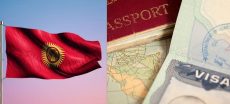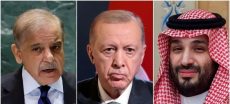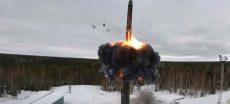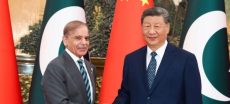Armed soldiers guarded Nepal’s Parliament on Wednesday after two days of violent anti-graft protests shook the capital, Kathmandu. Authorities imposed an indefinite curfew, leaving the streets largely deserted.
The unrest began after a social media ban last week, which fueled public anger. The protests turned deadly when police used tear gas and rubber bullets. Nineteen people were killed on Monday, making it one of the worst crises in Nepal in decades.
By Tuesday, protesters had set fire to several government buildings, including Parliament. Burnt vehicles and debris littered the surrounding area, while army firefighters worked to control the flames inside the main hall. The exterior of the building was badly damaged.
The violence forced Prime Minister K.P. Sharma Oli to resign. Protesters also targeted the Supreme Court, ministerial residences, and even Oli’s private home. Flights were disrupted as Kathmandu’s main airport remained closed for several hours.
The army confirmed that prohibitory orders would remain in place until Thursday morning. Officials said talks were being arranged to calm tensions, though details were not disclosed.
Army spokesman Raja Ram Basnet stated, “We are committed to protecting the life and property of people.” Armored vehicles continued to patrol the city to prevent further unrest.
Former Supreme Court judge Balaram K.C. urged protesters to form a negotiation team. He also suggested dissolving Parliament and holding fresh elections under a caretaker government.
Most demonstrators were young people expressing frustration over corruption and lack of jobs. For years, millions of Nepalis have sought employment abroad due to limited opportunities at home.
Nepal, wedged between India and China, has faced political and economic instability since the monarchy was abolished in 2008. Indian Prime Minister Narendra Modi urged calm, stressing that Nepal’s peace and stability are vital for the region.
In other related news also read Nepal Earthquake Rescue Operations Halted After Efforts











